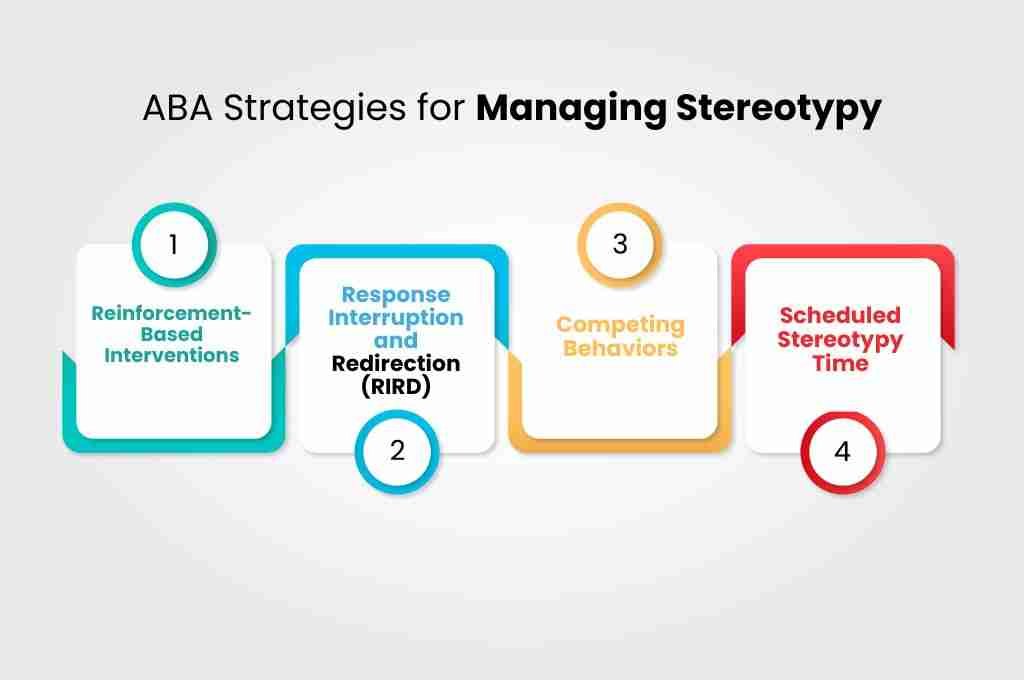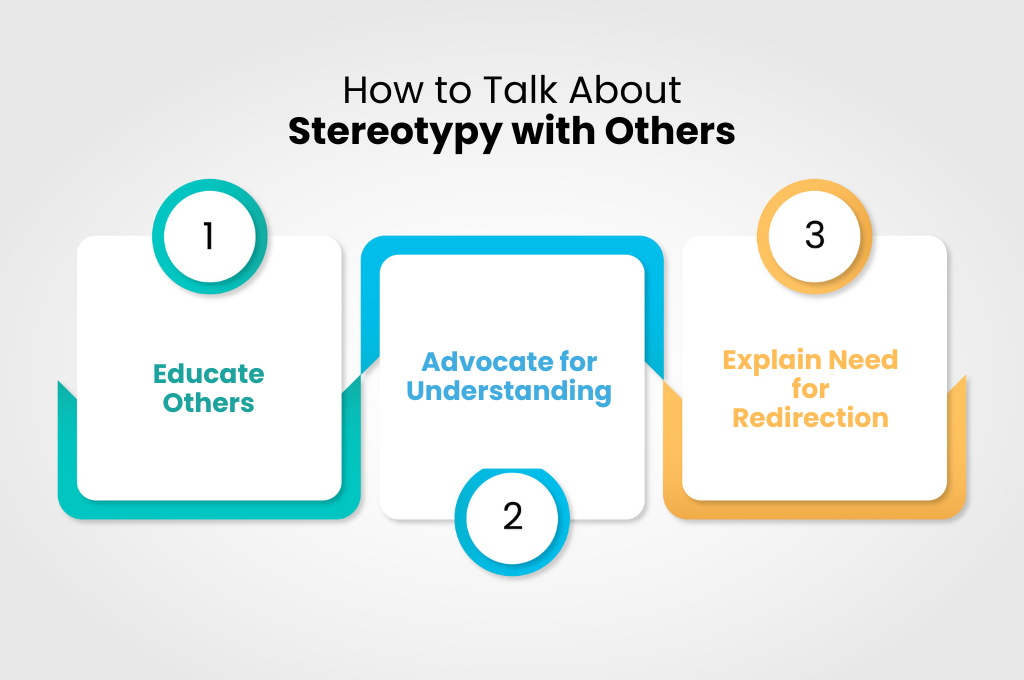Understanding Stereotypy in Autism: Insights and Strategies
ABA TherapyJuly 17, 2025

Introduction to Stereotypy
Stereotypy refers to repetitive, non-functional behaviors that are commonly observed in individuals with autism. These behaviors can manifest in various forms, including motor movements like hand-flapping or rocking, vocalizations such as echolalia (repeating sounds or phrases), and visual behaviors like staring at lights or spinning objects.
Understanding stereotypy is crucial for parents, educators, and therapists as it plays a significant role in the lives of individuals with autism. While these behaviors can sometimes be misunderstood as mere quirks, they often serve essential functions for those who engage in them.
Table of Contents
Why Stereotypy Occurs
The reasons behind stereotypic behaviors are multifaceted. Here are some key theories:
- Sensory Stimulation: Many individuals with autism experience heightened sensitivity to sensory input. Engaging in stereotypic behaviors can provide necessary sensory stimulation or help them self-soothe in overwhelming environments.
- Self-Regulation: Stereotypy can serve as a coping mechanism for managing anxiety or stress. For instance, repetitive movements may help calm an individual during moments of distress.
- Communication: For non-verbal individuals, stereotypic behaviors can act as a form of communication. They may signal discomfort, excitement, or even a desire for attention.
The Impact of Stereotypy

Stereotypic behaviors can have both positive and negative effects:
- Positive Aspects: Many individuals find comfort in their repetitive actions. These behaviors can provide predictability and a sense of control over their environment.
- Negative Aspects: Excessive stereotypy may interfere with learning, social interactions, and daily activities. In certain settings like schools or therapy sessions, these behaviors can become disruptive.
Moreover, the misunderstanding or stigmatization of stereotypic behaviors by peers, teachers, and caregivers can lead to further challenges for individuals with autism. It’s essential to foster an environment of acceptance and understanding.
Functional Analysis of Stereotypy
Applied Behavior Analysis (ABA) therapists often conduct functional analyses to understand the purpose of stereotypic behavior. This involves identifying triggers or antecedents that prompt these actions—such as boredom or overstimulation—and examining the function of the behavior according to four categories:
- Sensory: Seeking sensory input.
- Escape: Avoiding difficult tasks.
- Attention: Gaining attention from others.
- Access to Tangibles: Obtaining desired items or activities.
Understanding these functions helps tailor interventions effectively.
ABA Strategies for Managing Stereotypy
There are several evidence-based strategies that can be employed to manage stereotypic behaviors:

- Reinforcement-Based Interventions: Using differential reinforcement encourages more functional alternatives to stereotypy while reducing the undesired behavior.
- Response Interruption and Redirection (RIRD): This strategy involves interrupting the stereotypic behavior and prompting the individual to engage in more appropriate responses.
- Competing Behaviors: Teaching alternative behaviors that fulfill the same needs as stereotypy can be beneficial. For example, using a stress ball instead of hand-flapping provides sensory input without disrupting learning.
- Scheduled Stereotypy Time: Allowing individuals designated times for engaging in stereotypic behaviors can help reduce their occurrence throughout the day.
Sensory Integration and Stereotypy
Sensory processing issues often trigger stereotypic behaviors. Occupational therapy plays a vital role in addressing these needs by helping individuals manage their sensory experiences effectively. Incorporating sensory breaks or activities into daily routines can also mitigate the need for stereotypy.
Managing Stereotypy in Daily Life
In School
Teachers can accommodate stereotypic behaviors by providing fidget tools or implementing sensory breaks during class time. This approach minimizes disruptions while allowing students to manage their sensory needs effectively.
At Home
Parents can support their children by offering structured activities and clear routines. Understanding when to intervene is crucial; some instances of stereotypy may not require redirection if they are not disruptive.
In Public Settings
Caregivers should have strategies ready for managing stereotypic behaviors in social environments. This may involve preparing the individual for public situations and employing calming techniques when necessary.
When to Intervene vs. When to Allow Stereotypy
Determining when stereotypy becomes problematic is essential. While it is important to respect an individual's need for self-regulation through these behaviors, there are times when redirection is appropriate—especially if the behavior interferes with learning or social interaction.
A balanced approach is key; not every instance of stereotypy needs intervention. Respecting the individual’s comfort level fosters a supportive environment.
How to Talk About Stereotypy with Others
Parents often face challenges explaining stereotypic behaviors to peers, family members, and educators. Here are some tips:

- Educate Others: Share information about what stereotypy is and its role in autism.
- Advocate for Understanding: Emphasize that these behaviors are part of the autism experience and highlight the importance of empathy.
- Explain Need for Redirection: Clearly communicate when redirection may be necessary without dismissing the importance of the behavior itself.
Conclusion
Stereotypy is an integral part of many individuals' experiences with autism. By approaching this topic with empathy and understanding, parents, caregivers, and therapists can implement effective strategies that respect individual needs while promoting functional alternatives.
If you’re looking for personalized support on managing stereotypy through evidence-based strategies, we invite you to contact Illuminate ABA Therapy today! Our dedicated team is here to help you navigate these challenges with compassion and expertise.
Get More Insights On: Pivotal Response Training in ABA Therapy


